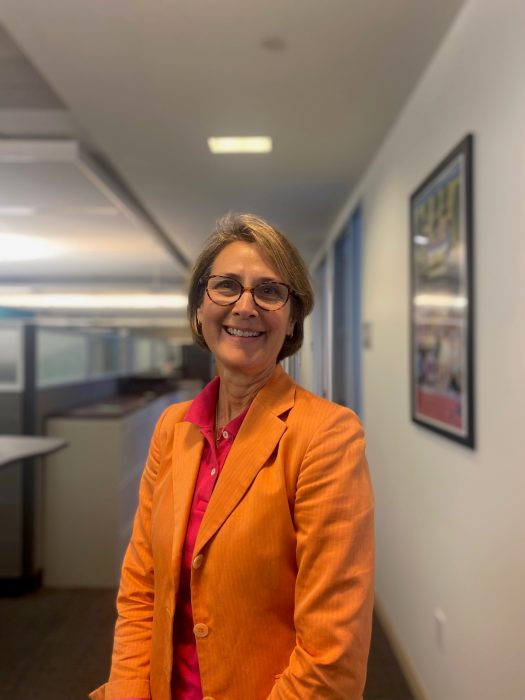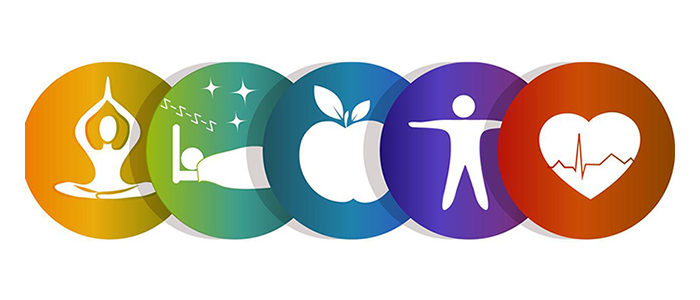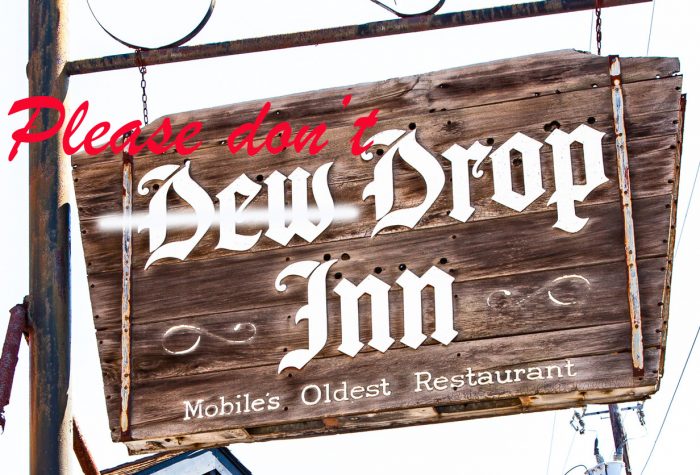I’m stressed, depressed, and my dog hates me. Help!
If you’re feeling overworked and overwhelmed or just need advice on planning for retirement or kicking off a weight-loss plan, Paige K. Jones and the Office of Human Resources are here to help.
Earlier this year, Paige Jones, wearing an eye-catching bright orange jacket, stood behind her desk in Capital Gallery, considering what she might say to the SI workforce if she somehow had the undivided attention of all 6,700 staff at once.
“I came up with an acronym,” she said, surrounded by boxes as she was unpacking from an office move only days prior. “It’s TCBC:
- Take charge, read the literature and communications on your benefits.
- Check your earnings and leave statement regularly.
- Be proactive and save for retirement. Today is the day to take action!
- Contact us if you have questions—and don’t listen to your peers! They are not always correct, and misinformation can cost you.
“[OHR is] here to help guide you through the process of enrolling in or making changes to your benefits package, whether you are a new employee or settling into your career or retiring,” she adds.
Jones’ title is manager of compensation and benefits, a role housed within the Office of Human Resources’ Compensation/Benefits/EAP and Wellness branch. In 2025, she’ll mark her 20th anniversary at the Smithsonian.
Torch contributor Amy Rogers Nazarov talked with Jones as part of an occasional series spotlighting OHR’s people and policies.

Paige K. Jones (Photo by Amy Rogers Nazarov)
Do you oversee benefits for both Trust and federal employees?
Yes! From a benefits perspective, federal employees [adhere to] Office of Personnel Management regulations, while OHR serves as the OPM for Trust employees. We do all the Request for Proposals, we manage the vendors, etc. Our team has to be knowledgeable about both federal and Trust regulations for benefits, because sometimes they differ from each other.
In your opinion, are SI staff aware of the Employee Assistance Program and how it might assist them?
We do present about the Employee Assistance Program during orientation for new staff, as well as during various other events. But I still sometimes hear from our EAP team that some staff still don’t know that we have such a program. I think people are sometimes just overwhelmed [with information sometimes] and they don’t always read the SI-wide emails [that contain information about EAP]. (Ed. note: All the more reason to contact EAP if you’re feeling stressed and overwhelmed.)
Typically, EAPs offer free and confidential counseling services to staff struggling in some capacity; it doesn’t have to be work-related. Family members are also eligible to make use of EAP services. We brought in Inova Employee Assistance to partner with our internal team to make all of this available.
OHR2U is also helping us get the word out about the EAP and other benefits.

What’s OHR2U?
It’s when members of all of the branches [of OHR] go out to the units. We visited Cooper-Hewitt in January and have had [events this year at NASM, NMNH, NZP and others.
Prior to COVID, OHR’s benefits group also had a program similar to OHR2U/ We would go to the units and give them an overview of their benefits and take their questions at the end. Back then, we were always chasing after people to attend, but since the pandemic began and we started OHR2U, people are reaching out to us asking us to come to their unit! I can’t explain why it’s different, but I’m really glad they want us to come speak with them.
What are some other ways the pandemic shaped how your branch serves SI staff?
We responded to the crisis in different ways. For example, new laws during COVID allowed us to modify Flexible Spending Accounts so that people would be allowed to have longer carry-over in which to use those funds. The regulations also made it possible for SI staff to withdraw money out of their retirement plans without necessarily having to demonstrate hardship.

We also created a COVID-19 wellness team through which we offered webinars on mental health and other topics. They were well attended, but we have seen [attendance] drop off [as the pandemic has abated]. Another part of our response this was a virtual wellness platform which allows staff and their family members to access gym classes, nutrition advice and yoga lessons. We still offer that to everybody free of charge. You can sign up on OHR’s Prism site.
In a way, [the pandemic] simplified things in that people were more accepting of talking virtually rather than meeting face-to-face.
If someone has a question about a human resources or benefits topic, what is the best way for them to approach you?
To be candid, it’s really difficult for us to respond effectively if people drop by our office.
We strongly encourage staff to use the benefits service portal to pose their question. Maybe they want to go part-time, or apply for phased retirement, or take leave without pay. Using the portal allows us to assign a person to research the answers, get back to them and also track where the inquiries are coming from, what types of inquiries we are receiving and how long it takes for us to close an inquiry.

Staff have the ability to access everything HR-related at their fingertips. I get that people don’t always trust that they will be able to find the right information by themselves, but we are here to bounce things off of once you’ve entered your inquiry in the portal. It’s like that old saying: if I give you a fish you eat for a day, but if I teach you to fish, you eat for a lifetime.
The challenge for us is we want to be as responsive as we can, and the portal helps us to be more efficient. There is a misconception about HR, that all we do is make you follow the rules, that we’re cracking a ruler across people’s knuckles. But we are actually here to help, while remaining in compliance with the rules. And sometimes we have to give people an answer they don’t want to hear.
When did you come on board at the Smithsonian?
I have been here since June 2005. It’s the longest I’ve ever worked in one place! I think that across Human Resources, there is always an opportunity to learn something new. Any time I have changed jobs it has been to add something new to my skills set, and working at the Smithsonian, there is always a chance to grow.
Posted: 25 July 2024
- Categories:



